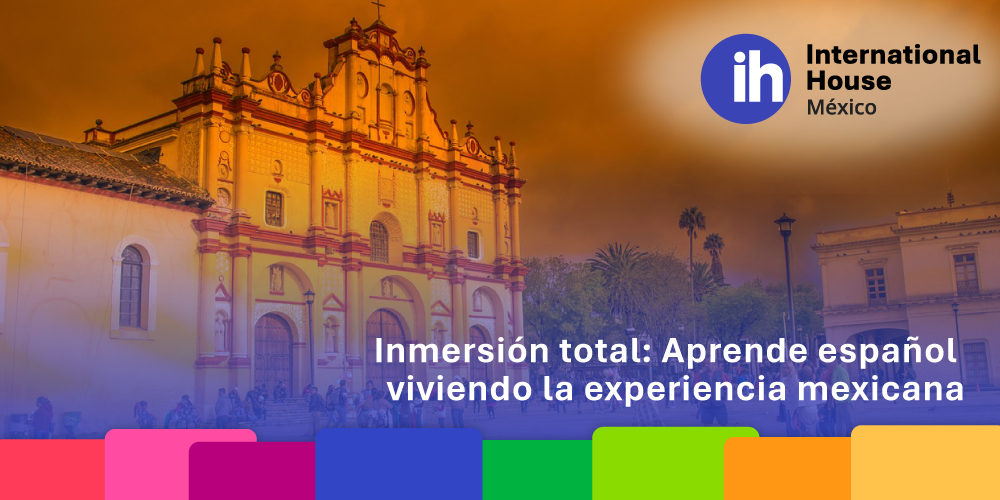Si buscas aprender y dominar el idioma, estudiar conjugaciones en español es uno de los pilares para lograrlo. De hecho, es uno de los temas principales que te enseñan al ingresar a los cursos de español. cursos de español.
La conjugación es lo que hace posible que un verbo se pueda expresar de distintas maneras. En los Spanish Courses aprenderás que la conjugación se refiere al orden de todas las formas verbales, luego de añadir al lexema del verbo los morfemas de persona, número, tiempo y modo, los cuales explicaremos a continuación:
- Persona: Es quien realiza o sufre determinada acción expresada por el verbo. Se clasifican en primera, segunda y tercera persona.
- Número: Puede ser una o más personas. Se clasifica en singular o plural.
- Tiempo: Se refiere al momento en que sucedió una acción (pasado, presente, futuro).
- Modo: Es la actitud de la persona ante la acción del verbo. Se clasifica en indicativo, subjuntivo e imperativo.
¿Cuáles son las conjugaciones en español?
En las Spanish Classes aprenderás que un verbo puede ser modificado de diferentes maneras por diferentes modelos, conocidos como conjugaciones verbales, flexiones o paradigmas verbales.
En la lengua española existen 3 maneras para conjugar un verbo, que son:
- Ar
- Er
- Ir
Primera conjugación en español (-ar)
- Esta conjugación se aplica a aquellos verbos que terminan con el sufijo “ar”.
- La primera conjugación corresponde a los verbos que terminan con el sufijo “ar”, por ejemplo, los verbos en infinitivo.
- Su vocal temática es la “a”. Por ejemplo, “Jorge estudi-a-ba en una Spanish School en Oaxaca“.
- El participio en la primera conjugación es la siguiente: raíz + ado. Por ejemplo, “Luis ha estudi-ado Spanish Courses en Riviera Maya“.
- La estructura del gerundio en la primera conjugación es: raíz + ando. Por ejemplo, “El niño está estudi-ando Spanish Classes en Ciudad de México“.
Segunda conjugación en español (-er)
- Esta conjugación se aplica en aquellos verbos que finalizan con el sufijo “er”. Por ejemplo, aprender.
- Su vocal temática, por lo tanto, es la “e”. Por ejemplo, “Ellos aprend-e-n muy rápido en las Spanish Schools“.
- La estructura del participio es: raíz + ido. Por ejemplo, “María ha aprend-ido español”.
- La estructura del gerundio es: raíz + iendo. Por ejemplo, “Pedro está aprend-iendo a hablar español”.
Tercera conjugación en español (-ir)
- Esta conjugación se aplica en aquellos verbos que finalizan con el sufijo “ir”. Utilicemos como ejemplo la palabra asistir:
- La vocal temática es la “i”. Entonces sería: “Víctor asist-i-rá a una Spanish School en México “.
- La estructura del participio es la siguiente: raíz + ido. Entonces sería: “Pedro ha asist-ido a una Spanish School in CDMX “.
- La estructura del gerundio es: raíz + iendo. Entonces sería: “Mayra está asist-iendo a cursos de español”.








